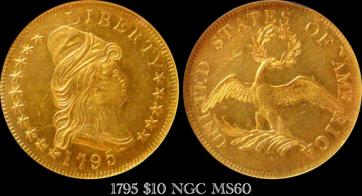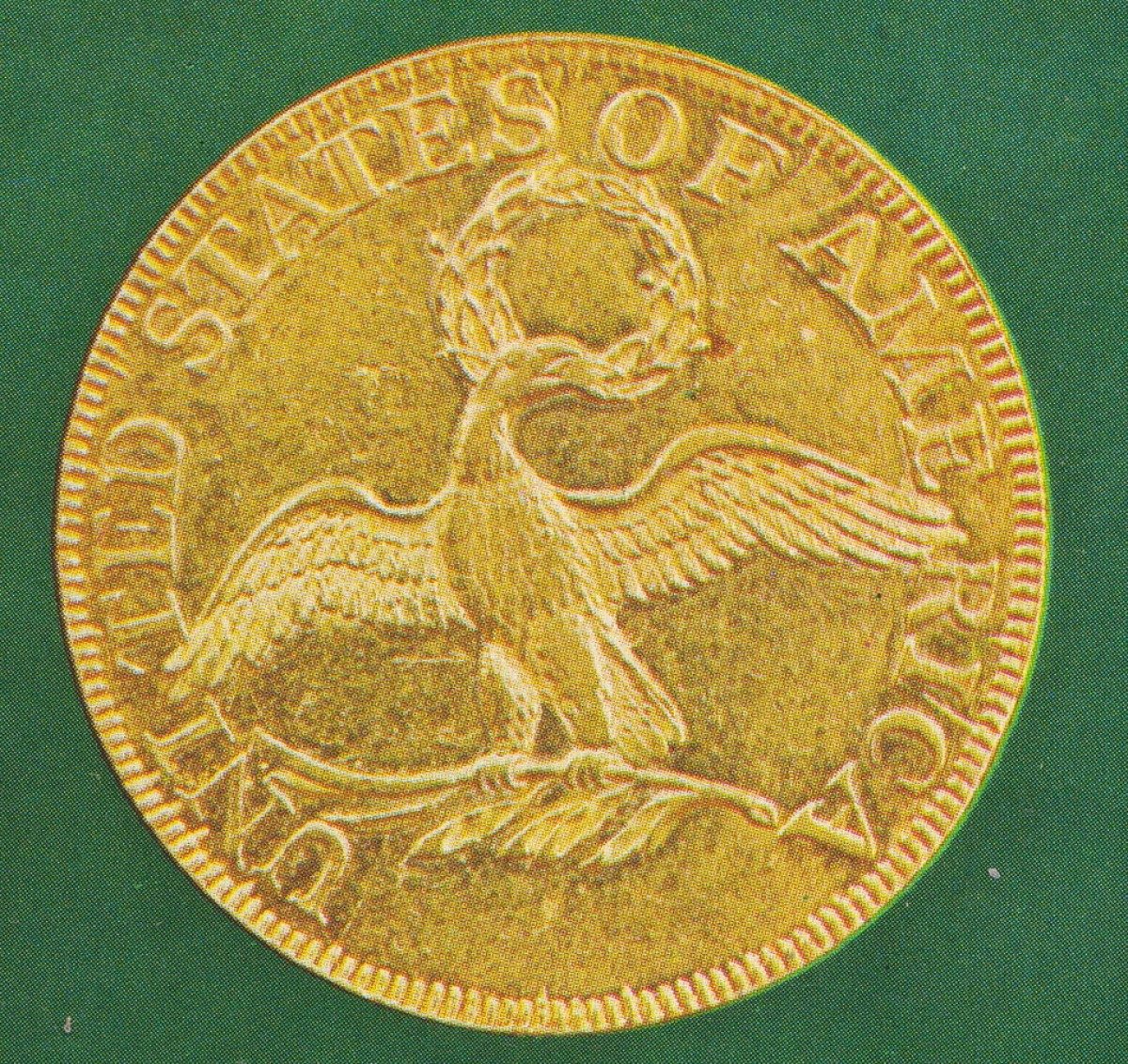When you think of America, a number of things spring to mind: The stars and stripes of the flag, baseball, and Mom’s apple pie. But out of all of the icons of the American spirit, perhaps the most quintessential is the eagle. The American Gold Eagle coin is the perfect emblem for that spirit, and the history of the Gold Eagle is almost as old as the country it symbolizes.

In the United States, the first marriage between gold and eagle launched with the release of the Half-Gold Eagle in 1795 — 19 years after our Independence Day, but over 50 years before the California gold rush. The full Gold Eagle followed shortly after, with its release in 1796. Fifty-four years later, the Double Eagle would arrive in 1850. By 1933, all Gold Eagle coins left circulation.
The Eagle, as a unit of denomination, is modeled after the values determined by the Coinage Act of 1792. Only gold coins use the eagle denomination as a base unit. Of the four units of denomination, the eagle was the largest before 1933. The four units consisted of the cent, dime, dollar, and eagle. The Gold Eagle’s value was ten dollars with the dime coming in at ten cents and the dollar ten dimes.
The Gold Eagle coin, issued from 1796 to 1929, was 17 mm in diameter while the Half Eagle, issued from 1795 to 1929 was 21 mm, and finally, the Double Eagle, issued from 1850 to 1933 was 34 mm in diameter.
Following in Europe’s footsteps, before 1933, the denomination of coins intertwined with the semi-precious or precious metal used as the main alloy in the coin. When the Gold Eagle was first issued, it was a 22-karat gold alloy. This also followed the English crown gold standard. Over time, the amount of actual gold alloy in the Gold Eagle dropped. In 1834, the gold purity dropped from 22 karat to 21.58 karat.
The Gold Eagle coins shouldn’t be confused with other gold coins like the American Eagle bullion coins issued in 1986. These coins contain silver and/or platinum. The original Gold Eagles do not contain silver. While the Gold Eagle coins left circulation in 1933, several commemorative coins released since then.
In 1984, the Mint released a gold Eagle to celebrate the Summer Olympics. Later in 2003, the Mint released another coin to recognize the first flight of the Wright brothers at Kitty Hawk. Both of these coins used pre-1933 gold standards.
Regardless of which Gold Eagle you encounter, you’ll find the coin a thing of beauty with an interesting past.
Whether you’re a long-time precious metals collector, a passionate historian, or are just starting to grow a fondness for collecting coins, Garfield Refining is proud to offer the Gold Eagle to all levels of enthusiasts!

